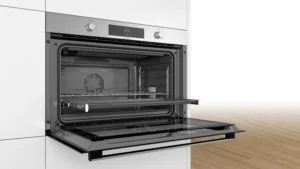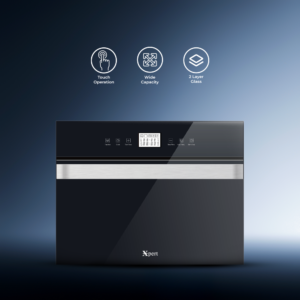When selecting a kitchen sink, homeowners balance characteristics, fashion, and investment cost. Among the options, stainless steel sinks stand out as a dependable, fashionable, and price-powerful choice. Drawing on quality practices from main sources like Houzer, Solid Construction Design, and Specialized Stainless, this complete guide explores why stainless steel sinks are winning hearts and homes alike.
1. Unmatched Durability
-
Resists Wear and Tear
Stainless steel is renowned for its capability to face up to everyday use of heavy pots, sharp utensils, and common scrubbing without cracking or breaking. Unlike ceramic or porcelain sinks, stainless steel doesn’t chip or crack without problems.
-
Scratch and Dent Forgiving
While it may develop surface scratches, these can often be buffed out. Moreover, dents are rare in higher-gauge steel. In busy kitchens, minor wear often evolves into a desirable “patina,” lending rustic charm.
-
Heat and Impact Resistant
It can tolerate hot pans and heavy cookware dropped without suffering permanent damage, a benefit for active cooking spaces.
2. Reliable Corrosion Resistance
-
Chromium-Rich Composition
Stainless steel’s chromium content, typically over 11%, creates a self-healing oxide layer that protects against rust and corrosion.
-
Rust-Free Performance
Unlike regular steel, stainless steel doesn’t easily rust in wet environments. The protective layer maintains its integrity even when scratched.
3. Hygienic & Easy to Clean
-
Non-Porous Means Clean Surface
Since stainless steel isn’t porous, it doesn’t trap bacteria, germs, or lingering odors. It simply needs mild soap and water to stay fresh.
-
Chemical-Resistant
Common household cleaners, even vinegar or baking soda, won’t harm the steel. Tough spots usually respond quickly to gentle scrubbing.
-
Stain and Heat Resistance
It resists stains, coffee marks, citrus acids, and high heat—basic cleaning is all that’s needed to maintain shine.
4. Versatile Design Aesthetics
-
Works with Every Decor
From ultramodern to transitional kitchens, stainless steel complements everything. Its neutral finish adapts well to any color palette and material style.
-
Finish and Shape Variety
Available in satin, brushed, or polished finishes and in undermount, drop-in, single/double bowls, and farmhouse styles, find a style to match your vision.
-
Timeless Appeal
Industry experts describe stainless steel as offering a “sleek, polished appearance” that never goes out of style.
5. Practical in Commercial and Home Kitchens
-
Industry-Grade Reliability
In professional kitchens, stainless steel’s nonporous and hygienic surface is vital for health compliance.
-
Durable Under Heavy Use
Withstand rigorous daily use, dropping gear, and drastic cleaning cycles without losing integrity.
6. Value and Affordability
-
Budget-Friendly
Compared with copper, granite composite, or fireclay sinks, stainless steel offers long-term durability without the premium price.
-
Low Maintenance Costs
Simple cleaning, no sealers or refinishing required, and maintenance is inexpensive and easy. If damaged, sinks can be buffed or resurfaced at low cost.
7. Eco-Friendly Option
-
100% Recyclable
Stainless steel is fully recyclable and retains its properties after recycling. Many sinks incorporate recycled content.
-
Long-Lasting Use
Durability means less frequent replacement, cutting down on material waste and environmental impact.
8. Technical Quality: Gauges and Grades
-
Thickness Matters
Gauges range from 15 (thick) to 22 (thin), with lower numbers indicating thicker and quieter steel.
-
Food-Grade Steel
Volume, like 18/10 or 304-grade steel, signals high nickel and chromium content, optimizing corrosion resistance and hygiene.
-
Sound Dampening
Premium sinks include an undercoating to reduce noise from dishes and running water.
9. Spacious and Functional Bowls
-
Deep, Large Bowls
Lightweight and strong, stainless steel allows for deeper, larger basins, great for pots, large pans, or multiple tasks.
-
Multipurpose Configurations
Available in single, double, or workstation styles with built-in functional add-ons (cutting boards, strainers).
10. Ease of Installation and Repair
One of the key reasons homeowners and builders prefer stainless steel kitchen sinks is their ease of installation and low-maintenance repair options. Whether you’re upgrading your kitchen or building from scratch, these sinks simplify the process in more ways than one.
Flexible Mounting Options
-
Undermount Installation
-
-
- Sleek and modern look.
- Installed beneath the countertop for a smooth, seamless finish.
- Makes cleaning easier; no lip for crumbs or water to collect.
-
-
Top-Mount (Drop-in) Installation
-
-
- Simple to install, it fits into a pre-cut hole on the countertop.
- Ideal for DIY projects or quick renovations.
- Provides strong support on laminate and wood countertops.
-
-
Farmhouse or Apron-Front Style
-
-
- Offers a stylish, bold statement in rustic or contemporary kitchens.
- Often made of stainless steel due to its lighter weight compared to ceramic or cast iron versions.
- Easier to install than heavier farmhouse models.
-
-
Fits a Wide Range of Countertops
-
- Compatible with granite, quartz, laminate, tile, and butcher block countertops.
- No special sealants or reinforcements are typically required.
Easy to Repair and Maintain
-
Surface Scratches Can Be Buffed Out
- Light scratches are common but can be removed using stainless steel polish or a scrubbing pad.
- Regular polishing can restore the sink’s original shine.
-
Minor dents can be repaired
- Thicker gauge steel (like 16 or 18) is dent-resistant, but if small dents occur, they are often fixable with specialized tools.
-
No Replacements Needed for Small Issues
- Unlike ceramic or fireclay sinks that may crack or chip, stainless steel doesn’t require full replacement for cosmetic damage.
- This significantly reduces long-term repair costs.
-
Maintenance-Friendly Surface
- No need for sealing or refinishing.
- Resistant to stains, rust, and chemical damage with basic care.
-
Accessible Professional Help (If Needed)
- Widely available and affordable repair services.
- Because stainless steel is standard, replacement parts like strainers, clips, and brackets are easy to find.
Expert Design Tips
- Choose the right gauge (16–18): Balances sturdiness and quiet operation.
- Select sound-deadening undercoating: Reduces kitchen noise.
- Opt for professional-grade (304/18‑10): Ensures food safety and rust resistance.
- Match sink configuration to workflow: single deep bowl for pots; dual bowls for multitasking.
- Regular cleaning: Wipe after use with mild soap and a cloth; polish with white vinegar or olive oil for shine.
Comparison with Other Materials
| Material | Pros | Cons |
| Granite composite | Scratch/stain-resistant, high-end look | Heavy, needs sealants, more costly |
| Fireclay | Heat/stain-resistant, classic style | Very heavy, requires countertop reinforcement |
| Copper | Antimicrobial, visually striking | Prone to dents/scratches, patinas over time |
| Porcelain/Ceramic | Classic, colorful | Prone to chipping/cracking |
| Stainless steel | Durable, affordable, hygienic, recyclable | Shows water spots, early wear visible |
Wrapping It Up: Is a Stainless Steel Sink Right for You?
Stainless steel kitchen sinks continue to stand out as a pinnacle choice for both experts and homeowners, providing an unprecedented combo of overall performance, style, and value. Here’s why they stay the most popular:
- Exceptional durability in opposition to influences, warmth, corrosion, and everyday wear.
- Hygienic and low-protection surface that’s smooth to clean and proof against bacteria.
- Versatile layout options to suit any kitchen layout or aesthetic.
- Eco-pleasant and recyclable, making them a sustainable long-term desire.
- Cost-effective, delivering long-lasting value at accessible prices.
While minor floor scratches and noise may occur, these are without problems controlled through smart alternatives like better gauge metallic, sound-deadening padding, and quality finishes.
A stainless-steel sink isn’t always just a utility; it’s a significant feature of your kitchen’s overall performance and design. With the right choice, you advantage a product that’s built to last, easy to live with, and exquisite to examine. It’s a smart future-proof investment for any home.
FAQs About Stainless Steel Kitchen Sinks
1. Can stainless steel sinks manage hot pans?
Yes, stainless steel is heat-resistant. You can surround hot pots or pans without delay in the sink without annoyingly burning or unfavorably affecting the surface.
2. Do stainless-steel sinks rust through the years?
No, true-satisfactory stainless steel sinks (like 304 or 18/10 grade) do not rust. They contain chromium, which forms a protective layer that prevents rust and corrosion.
3. How do I easily hold a stainless steel sink?
You can clean it without difficulty with mild dish soap, water, and a gentle sponge. For more shine, you may use baking soda or white vinegar. Avoid steel wool to prevent scratches.
4. Do stainless-steel sinks scratch without problems?
Light scratches may also appear over the years, in particular with each day’s use. However, they could frequently be polished out.
5. Are stainless-steel sinks noisy?
Some can be; however, extremely good sinks come with sound-deadening pads or coatings beneath that reduce noise from water and dishes.
6. What gauge stainless steel is best for a kitchen sink?
The best range is 16 to 18 gauge. Lower numbers mean thicker steel. A 16-gauge sink is heavier, more durable, and quieter than a 20-gauge one.



